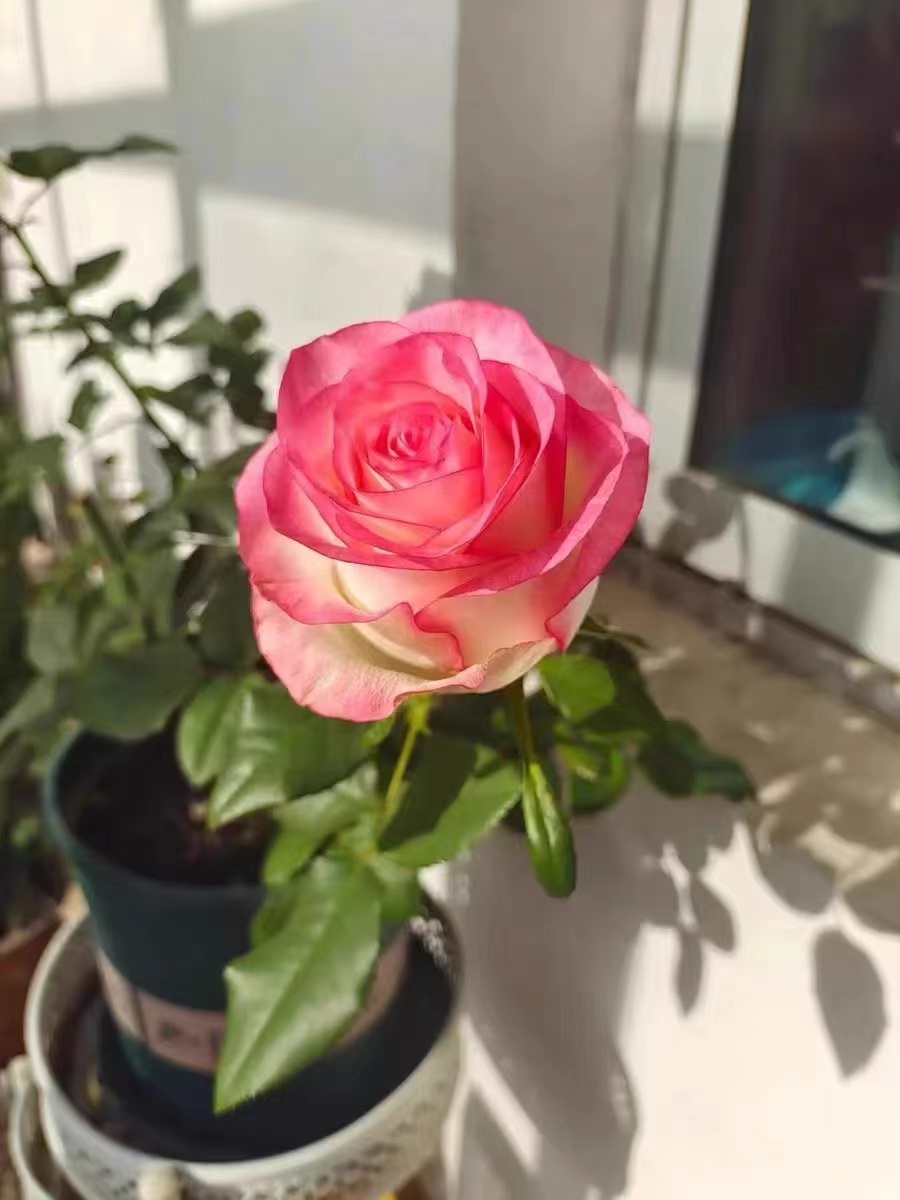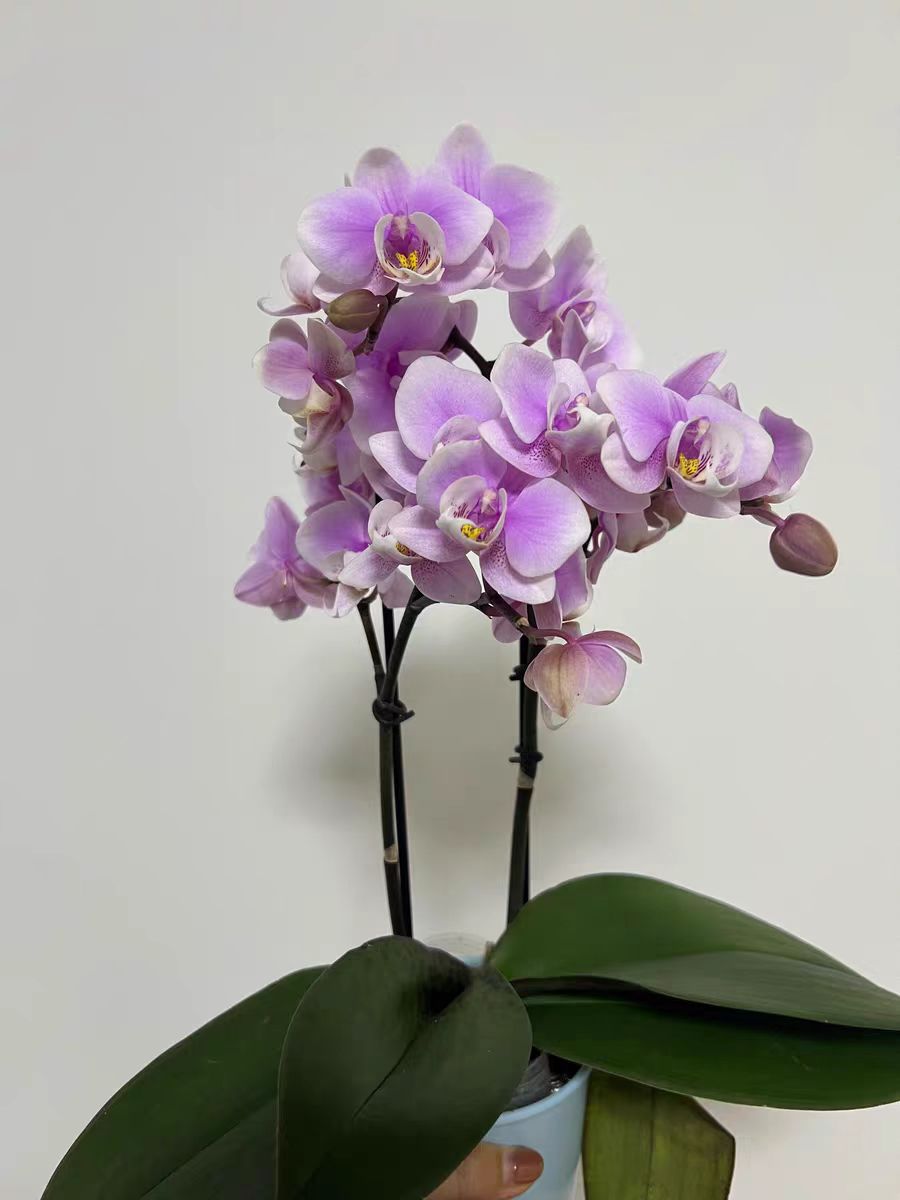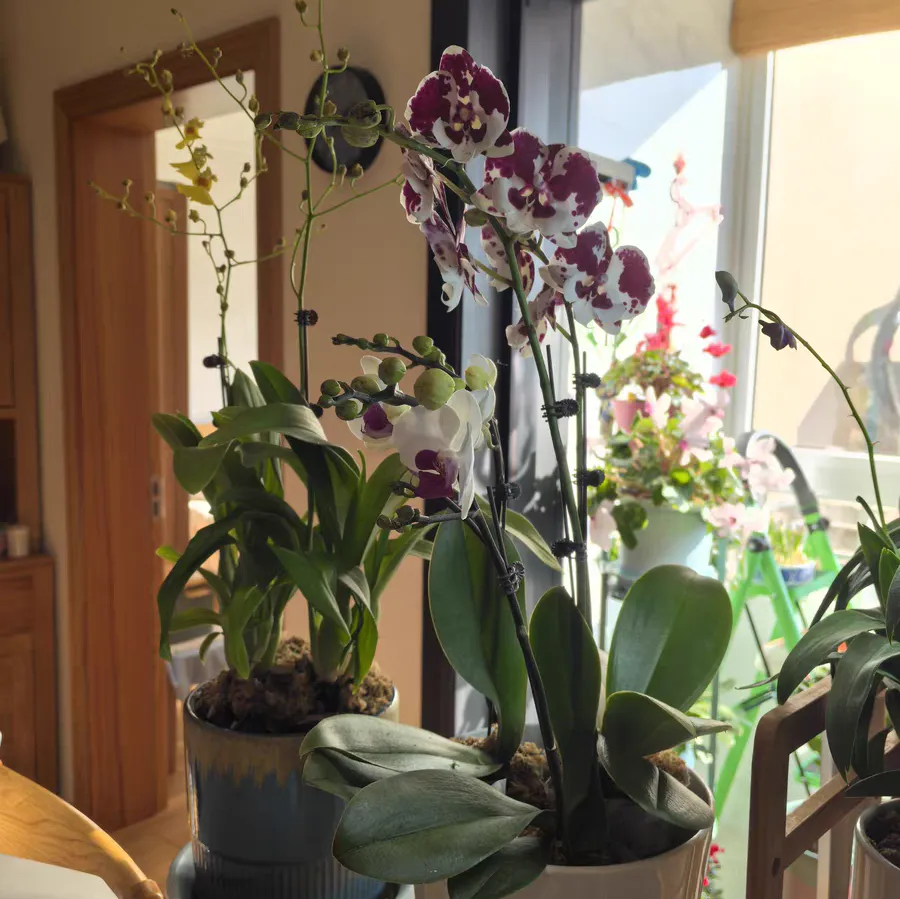In nature, flowers attract attention with their unique postures and colors. In addition to the visual feast, flowers often emit charming fragrances. So, why do flowers have fragrance? Does every flower have this characteristic?
The source of floral fragrance
Floral fragrance, this wonderful phenomenon in nature, is actually emitted by a specific chemical substance inside flowers - essential oil. Essential oil is a volatile oil containing a variety of aromatic components. It is stored in oil cells or glands in parts of flowers such as petals, stamens, and sepals. When these parts are stimulated by the outside world, such as sunlight, temperature rise, or insect touch, the essential oil will volatilize and form the floral fragrance we smell.
The components of essential oil are complex and diverse, including hundreds of compounds such as alcohols, aldehydes, ketones, esters, and terpenes. Different flowers contain different kinds and proportions of essential oil components, so their fragrances are also unique. For example, the rich and sweet fragrance of roses is mainly due to the presence of phenethyl alcohol and citronellol; while the fresh and elegant fragrance of jasmine is closely related to its rich jasmone and jasmonolactone.
The role of floral fragrance
Floral fragrance also plays an important role in the ecosystem. First of all, floral fragrance is an effective means for plants to attract pollinators. Many insects and birds rely on smell to find food and breeding resources. Flowers attract these pollinators to visit by emitting fragrance, thus realizing the spread of pollen and the reproduction of seeds. Secondly, floral fragrance also has a certain defensive function. When some plants are attacked by pests and diseases, they will release special fragrances to warn surrounding plants or attract natural enemies to come and prey on pests.
Do all flowers have fragrance?
Although floral fragrance is widespread and significant in nature, not all flowers emit fragrance. In fact, whether a flower has fragrance and the intensity of the fragrance vary depending on the plant species. Some flowers, in order to attract specific pollinators (such as moths active at night), may not rely on fragrance but use other means (such as bright colors or special shapes) to attract attention. In addition, some plants may not have the ability to produce essential oil or have extremely low content of essential oil due to limitations of growth environment or physiological characteristics, so they hardly emit fragrance.
Floral fragrance is a natural phenomenon produced by the volatilization of essential oil inside flowers. It plays an important role in attracting pollinators and promoting plant reproduction. However, not all flowers have fragrance. The fragrance of flowers varies depending on factors such as plant species, growth environment, and physiological characteristics. When admiring the beauty of nature, we might as well pay more attention to those flowers emitting charming fragrances.
Do all flowers have fragrance?

Share with
Tagged in :




Leave a Reply